 Yellowstone National Park. Just typing the name fills me head with all kinds of amazing imagery.
Yellowstone National Park. Just typing the name fills me head with all kinds of amazing imagery.
I first travelled to Yellowstone in the eighties and it was love at first sight. Armed with a Pentax Super Program camera, I easily shoot ten rolls of slide film a day. (That’s 360 images for those to young to remember the film days of photography. 🙂 )Ten rolls might not seem like a lot but the cost of professional slide film and processing, that was over $200 a day. Hard to imagine back then I could rack up over a thousand dollars in film and processing costs shooting for a week in Yellowstone.
Yellowstone is an island surrounded by seas of progress and politics. Unfortunately, wildlife can’t read signs and don’t realize they are leaving the park boundaries and the protection of the park.
Just recently I read a story about a bunch of hunters lined up on a road just outside the park boundary which by itself is illegal. A couple hunters then went into the park and drove a herd of elk towards the waiting hunters, which is illegal again. The hunters then opened fire into the running herd, which again, is illegal, killing several elk.
Bison that leave the park are often rounded up and sent to slaughter over an unfounded fear that a disease they often carry will be transmitted to cattle. Elk carry the same exact disease but they are spared because people pay big money for the privilege of killing them. The park has even started rounding up bison INSIDE the park to be sent to slaughter on the premise that the land can’t support 4000 bison. The land can’t support as many elk as there are so they have to be fed outside the park so that they can survive to be hunted. So why isn’t the park rounding up elk and sending them to slaughter like the bison?
One of the most disturbing things about Yellowstone for a nature and wildlife filmmaker is that they require you to have a filming permit to shoot and video in the park if it’s not for your own personal use. You can shoot all the photographs you want and sell them for millions of dollars but if you can’t use any video of the park to promote your photography site.
In order to shoot “commercially” in the park you have to submit an application along with $200 to the park film office. You need to have a $1,000,000 liability insurance policy with the National Park Service listed as an additional insured. You need to provide the park with an itinerary of where you will be and when. I guess if there’s a pack of wolves alongside the road and you are supposed to be at Old Faithful, guess you better not stop to film the wolves.
On top of all that, you will have to pay $65 an hour for an off duty ranger to stand next to you on the boardwalks because your tripod is a tripping hazard. Now, you can use the same tripod that a Nat Geo photographer is using but as long as they are shooting photographs and not video, no escort is needed.
I had to cancel a winter photography workshop with a Nat Geo photographer because it was going to cost me over $4k just to have a ranger follow me around.
It’s ironic that the person that heads up the film office, their salary is paid with the money the park takes in for film permits. So of course it’s in their best interest to require permits as often as possible.
So while I go film in Yellowstone every time I’m in Montana and Wyoming, I keep all that amazing footage for myself.
You can see footage I shot before the new rules took effect but everything I’ve filmed recently in Yellowstone sits on my hard drives, waiting for the law to change.
Now quite a few friends of mine and people I follow film regularly in Yellowstone and publish their footage to support workshops they’re giving, prints they’re selling or to promote their website and Facebook page. All illegal without a permit according to the Yellowstone film office. Most really don’t care. They say it’s a public place, their taxes pay to keep the park open and they aren’t doing anything that the general public is allowed to do.
So what to do? I mean does it really make sense that you can shoot images with a Nikon DSLR and sell them without needing a permit but if you flip a switch and start shooting video you do? What would you do? leave a comment below and let me know what you think?
And as always, shoot the ordinary and make it extraordinary!

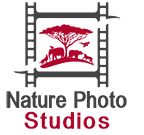
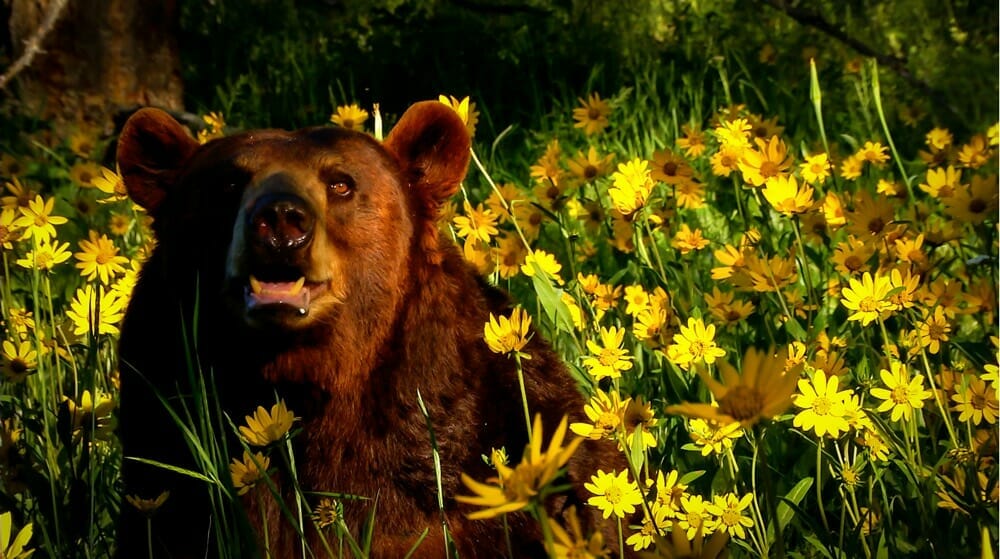

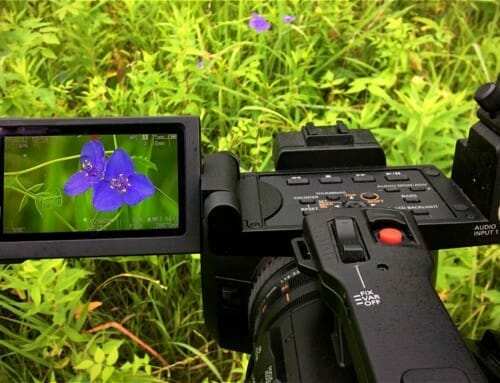
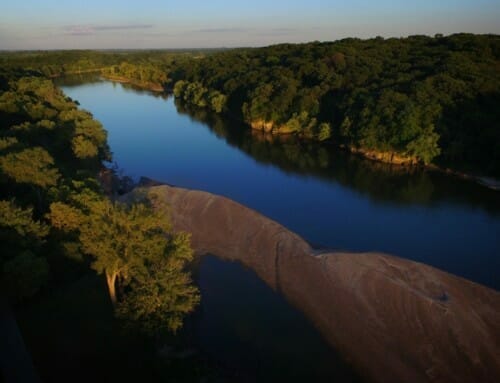
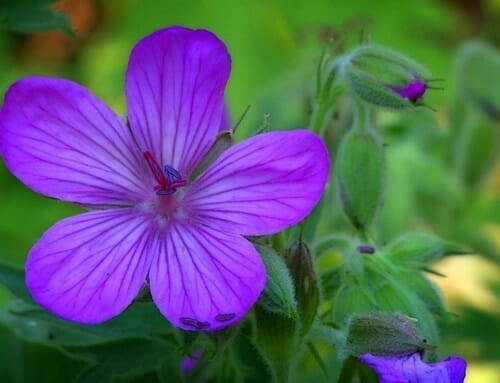
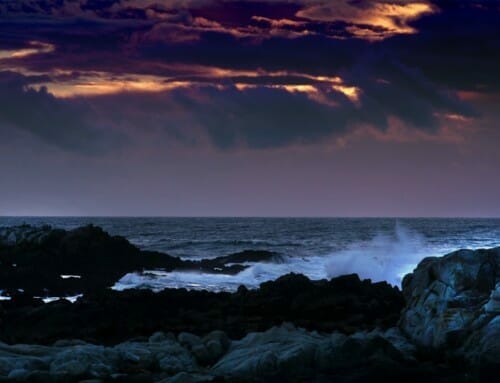
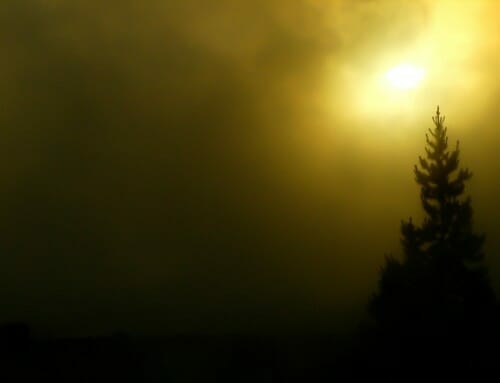
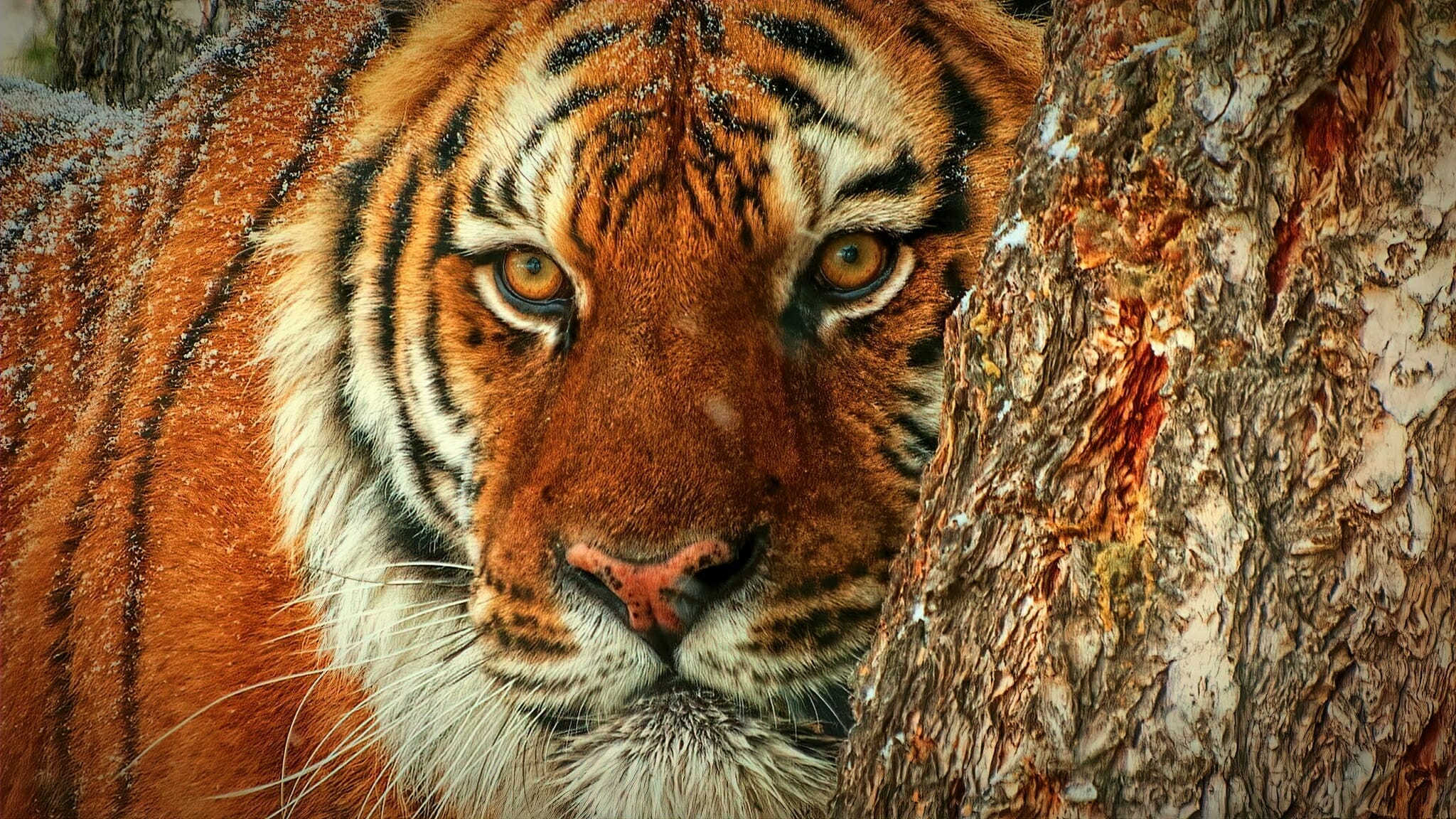
Leave A Comment
You must be logged in to post a comment.